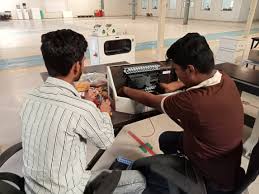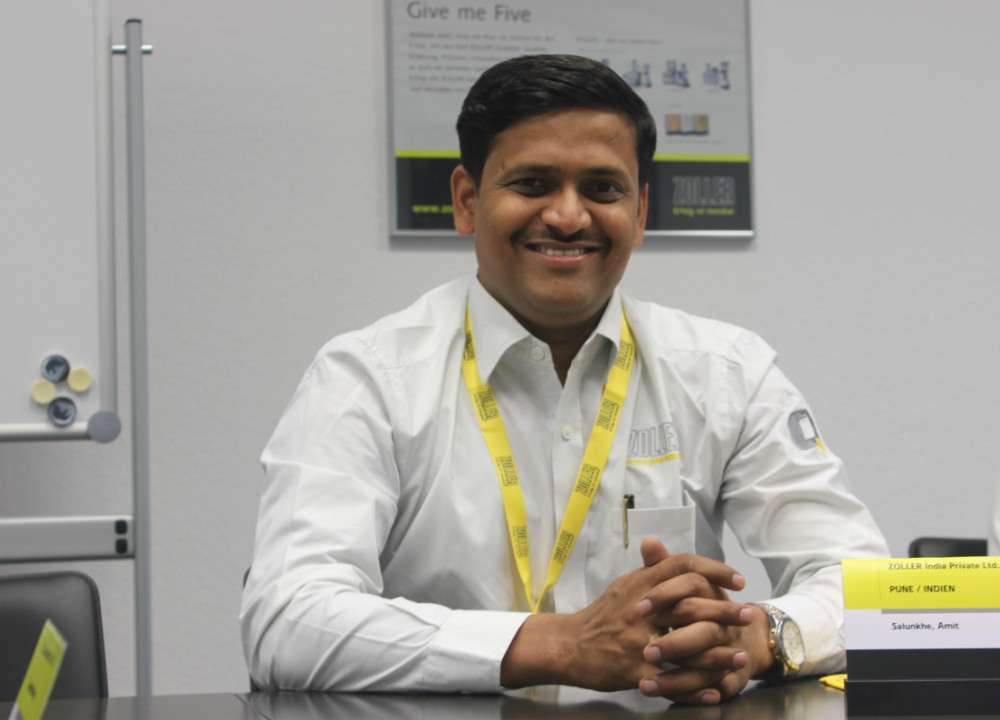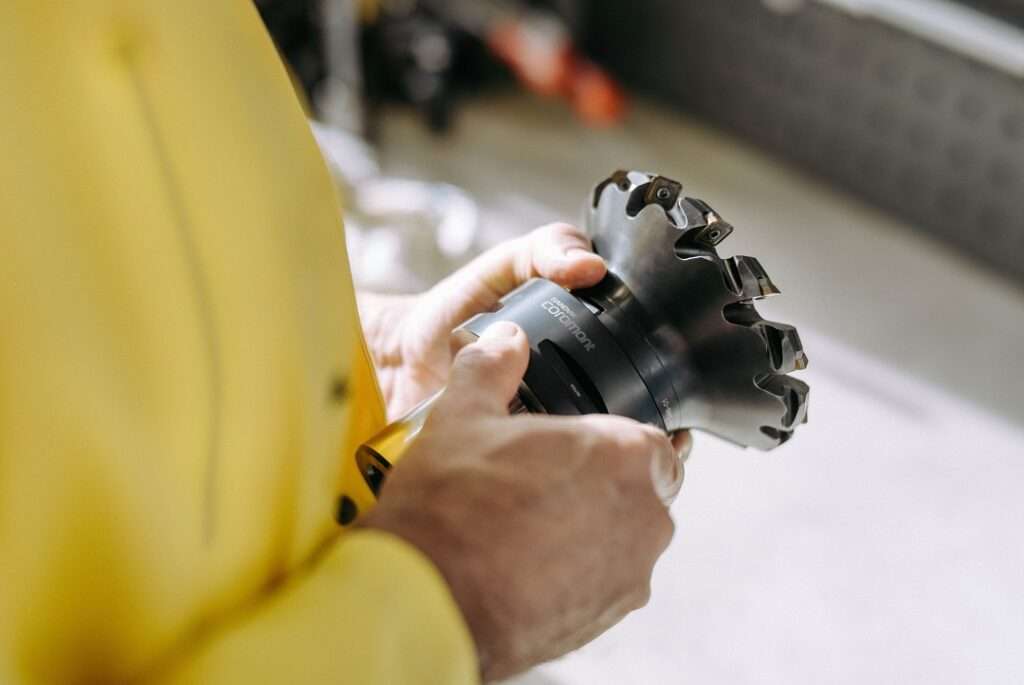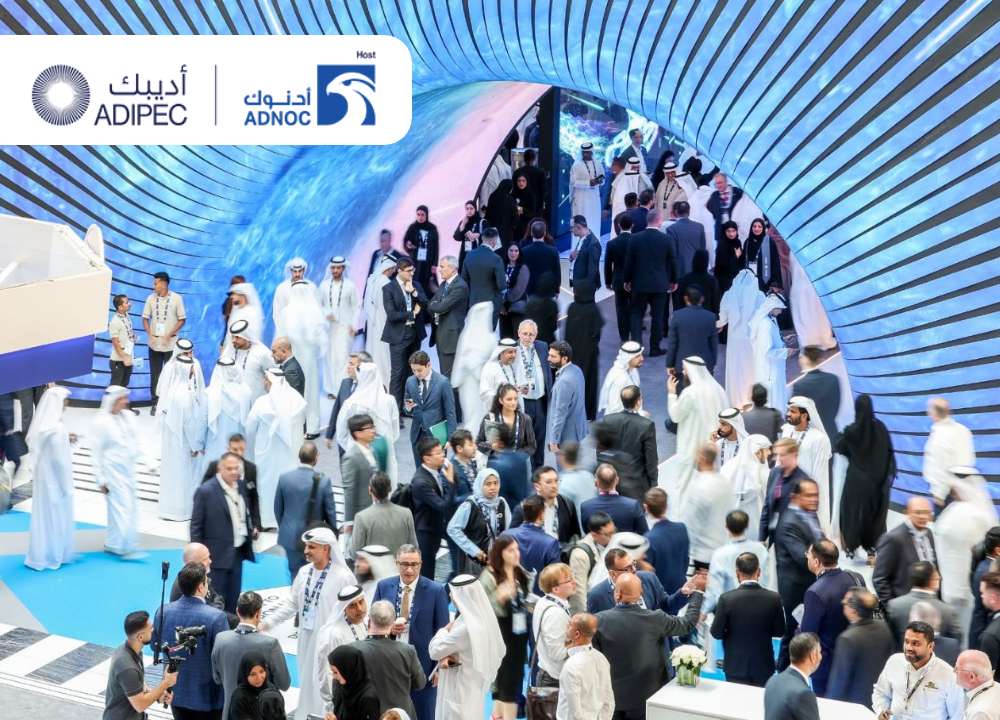RuchaYantra, founded by Rohit Dashrathi has been making steady strides in industrial robotics and automation. RuchaYantra’s advanced AGVs and AMRs are driven by a noble purpose of minimizing human intervention in repetitive labour intensive work while driving the manufacturing industry towards Industry 4.0.

Industry 4.0 is taking the manufacturing industry by storm one of the key elements of Industry 4.0 is Robotics and Automation. From processing to packaging, robots are generating excellent results, eliminating error and minimizing human labour. Aurangabad based RuchaYantra is a fast-growing robotics company headed by a young visionary entrepreneur Rohit Dashrathi. The company offers Automated Guided Vehicles and Mobile Robots targeting material handling solutions for Manufacturing Industry, Warehouse Logistics and Warehouse Management.
Rucha Yantra also specializes in customized Special Purpose Machines and Robotic Integration & Automation services that are majorly used by automotive industry manufacturing OEMs for Tata Motors, Skoda, Volkswagen, Bajaj, etc. Other than that, the healthcare industry, packaging, and textile industry are also using RuchaYantra’s advanced solutions. Keeping in view the emerging market for robots in industrial use in India, Rohit and the team are working relentlessly to bring innovations to the manufacturing industry.
Rohit Dashrathi, the young and dynamic founder of RuchaYantra talks to Machine Maker. “I work hard in silence. My robots make noise,” quips Rohit on his success. Rohit is also the Director at Rucha Engineers, a designing, developing and mass manufacturing company in the field of engineering-intensive industrial products for automotive and other applications.
Dare to be Different: Entrepreneurship at a Young Age

Rohit completed his MS in Mechanical Engineering along with a specialization in Control System and Robotics from Michigan Technological University. He then proceeded to do a one-year master’s course in mechatronics, robotics, and automation engineering from Carnegie Mellon University. Rohit always had intensively developed an interest in the field of robotics.
In 2014, his team started working on a line follower project (a basic project in any engineering college). The team proceeded to make small hobby robots to develop autonomous guided robots. They were 3 people in total back then and today, they stand at 40 with a product count of 18. These products are related to different domains of robotics.
Rohit took to entrepreneurship at a young age, and he says that back in the US it was a major trend of settling down with a 9 to 5 job but he wanted to do something different. Coming from a business family, he always wanted to start a venture of his own, and since Robotics was of interest to him, he went ahead with it and established RuchaYantra in 2014.
Another reason to start his venture was that he wanted to start an Indian company, as, in India, the automation and robotics solutions were mostly supplied by MNCs and at twice or thrice of the original price due to the add-on import duties, service costs, etc. “It has been over 6 years now. We’ve had our share of ups and downs, but the team motivation is what kept us going,” says Rohit. In all this, his father Umesh Dashrathi Managing Director of Rucha Group has been his biggest inspiration.
RuchaYantra’s Advanced AGVs & AMRs
 RuchaYantra specializes in mobile robotics including AGVs and AMRs which are now buzzwords but weren’t so back in 2014 when he started with his research and development. The products have all been given Indian names to represent indigeneity. There are three product categories – Raghav and Vaman, Sevak, and Vighnaharta. Raghav and Vaman are manufacturing industry-related machines. They take care of automated material handling of trolleys, palettes, or any other means of carriage which otherwise are handled by human operators or human labour from one place to another.
RuchaYantra specializes in mobile robotics including AGVs and AMRs which are now buzzwords but weren’t so back in 2014 when he started with his research and development. The products have all been given Indian names to represent indigeneity. There are three product categories – Raghav and Vaman, Sevak, and Vighnaharta. Raghav and Vaman are manufacturing industry-related machines. They take care of automated material handling of trolleys, palettes, or any other means of carriage which otherwise are handled by human operators or human labour from one place to another.
“The ideology behind this was that human beings are sent on this earth to perform value-adding tasks and tasks such as pulling a trolley don’t require any skill and are a non-value-adding task that can hence, be performed by robots”, says Rohit. In addition, Raghav is a tugger vehicle, i.e, operators can attach a trolley or any other kind of load between the range of 500kg to 2 tonnes or even more. Vaman has the same application as that of Raghav except that it is low in height and has an added degree of automation that is it can go underneath a particular trolley, pick it up and deliver it to a certain location and then unload it again.
Sevak has been made to assist users at airports and grocery stores. “The idea behind the creation of Sevak was that, at airports, a user takes a trolley for his luggage at the belt and then moves it around till the exit gate. This walk is nothing short of 2-6 km. Hence, to reduce this effort, Sevak was created. It recognizes the human through a camera and with the help of artificial intelligence follows the human around” Rohit explains.
RuchaYantra’s Vighnaharta was made during the COVID times with a sincere effort to cater to the needs of the healthcare industry. This product was specifically made for an eminent hospital – Hedgewar Hospital in Aurangabad. This robot has been created to take care of the transportation of samples (urine, blood etc.), medicines, and other things around the hospital.
“One of the major challenges here was that hospitals are multi-storied and there are different wards such as OT ward, dialysis ward, OPD, IPD, etc. A lot of manpower is required in such a setting. Now, for say, a particular medicine has to be transported from the internal medical shop to a specific room in the hospital within 5 minutes. This task takes nothing less than an hour due to other factors in a hospital. So the benefit of this product is that it doesn’t stop in between human interactions and it delivers stuff in no time. It is observed that it saves the working of around 10 people per shift and tears down the overall time required to 1/10th of the entire time cycle of delivering stuff from one place to another” Rohit says.
Expanding Horizon

The company also provides special purpose machines that are required by automotive companies for the development and assembling of parts. These consist of a variety of machines such as welding machines, marking machines, blazing machines, etc. Besides this, they are also into Robotics Integration and Development work such as welding, stamping, and material handling. The industrial robots take care of this work and they are programmed to achieve desired targets and work.
The company has also expanded into other industrial segments such as cylinder manufacturing, and air solution development. They recently bagged an order from INOX air products for SPM. The company is also looking forward to venturing into the Electronic Manufacturing industry.
Getting Advantages of Robotics
Like many other startups with a new concept, Yantra faced difficulties too while introducing robotics into the Indian industry. Rohit says, “When we started, the customers did not really understand what we were doing and they also didn’t have the specific product knowledge and we had to educate them on the same.” The scenario, however, has improved as customers know what they want and hence they also demand specialized robots. Especially after COVID, the mindset of customers has changed and the hygiene factor, too, is coming into the picture.
“Initially, RoI was a big factor while buying such capital goods, now hygiene and safety are also a major concern. The scenario is encouraging after COVID,” says Rohit Dashrathi.
Outlook for Robotics

The transportation industry too, he feels, should drive benefits from the robotics mechanism. “Transportation is divided into industrial logistics and commercial logistics. The emergence of aerial robotics can be seen in the future. Food delivery companies such as Swiggy, and Zomato have started trials where they deliver food by drones. Medical companies such as Wellness and MedPlus are also running similar experiments,” he says.
“Besides the transportation sector, the agricultural sector too can benefit through robots. Activities such as the spraying of pesticides and fertilizers can be automated. Personal transportation too can be automated in the coming years. Dubai has been running experiments to bring in air taxis. These things sounded unimaginable a couple of years back but are coming into reality now with the help of advanced technology.”
Rohit feels that the traditional material handling sector is under a revolution in India. Traditional thinking involved the use of manual means such as trolleys, lifts, etc. while now companies are looking for robots to carry out this task.
In addition, there is another concept coming up which involves assembly line production. Previously, conveyor belts were installed wherein if a vehicle was to be assembled, it would travel on the conveyer belt from one place to another. There’d be at least 10 stations where 10 people would be employed to do their respective tasks within a specified period. Now, this task is also being catered to by AGVs that act as a conveyor. It waits for a certain time and doesn’t occupy a stationary place and speeds up the process of assembling parts.
Ready to take on the World
 Rohit says that one of their biggest flexibilities is that Rucha is an indigenous company and their customer support and service are better and faster than the foreign companies. “The customer service of these foreign companies is really poor and time-consuming. The response time on average is 10 hours because of time zone differences, that wastes a lot of time and productivity”, says Rohit. On the other hand, Yantra offers local support and the customer response time is quicker and more efficient.
Rohit says that one of their biggest flexibilities is that Rucha is an indigenous company and their customer support and service are better and faster than the foreign companies. “The customer service of these foreign companies is really poor and time-consuming. The response time on average is 10 hours because of time zone differences, that wastes a lot of time and productivity”, says Rohit. On the other hand, Yantra offers local support and the customer response time is quicker and more efficient.
Message to Aspiring Entrepreneurs
To young aspiring entrepreneurs like him, his message is clear “If you have any kind of idea or passion to become an entrepreneur, just forget everything and start.” He feels one should not bother about criticism even if it is logical. “One needs to jump into the water to learn how to swim. Every entrepreneur goes through failure at some point but it’s the incessant hard work and the will to do something that keeps them going,” he adds.







